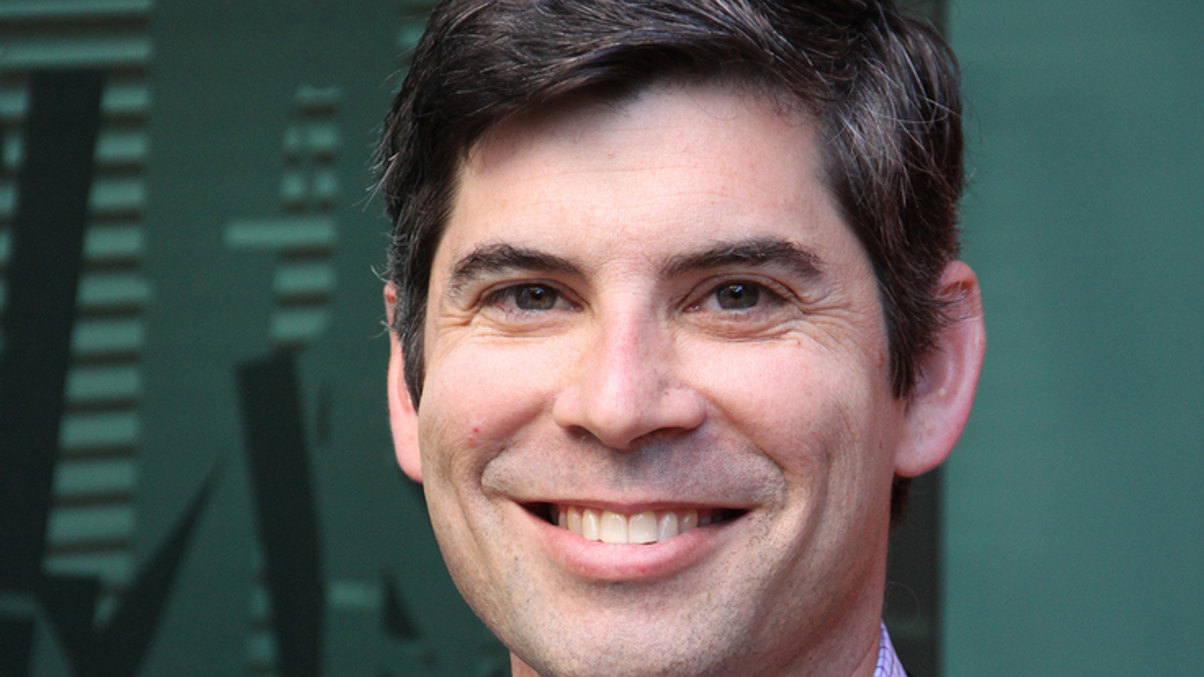Revised MySuper figures point to industry shake-up
Australia’s pension fund regulator slashes its projections for MySuper licence applications, indicating many operators may be looking to get out of the game, says industry body AIST.

The clock is ticking for Australia’s superannuation providers to prepare an application for a MySuper licence under new rules designed to protect disengaged fund members from paying unnecessary or excessive fees.
Sign In to Your Account
Access Exclusive AsianInvestor Content!
Please sign in to your subscription to unlock full access to our premium AI resources.
Free Registration & 7-Day Trial
Register now to enjoy a 7-day free trial—no registration fees required. Click the link to get started.
Note: This free trial is a one-time offer.
¬ Haymarket Media Limited. All rights reserved.


